Welcome to the 100+ new members of the curiosity tribe who have joined us since Friday. Join the 22,300+ others who are receiving high-signal, curiosity-inducing content every single week!
Today’s newsletter is brought to you by AppSumo!
Sumo Day 2021 is almost here - an event for entrepreneurs hosted by my friends over at AppSumo. Think of Sumo Day as Amazon Prime Day, but for entrepreneurs. Starting July 13th, AppSumo is bringing you insane products, discounts, and giveaways for just 72 hours! So sign up to get the updates straight to your inbox!
Hedgehogs & Foxes
What can hedgehogs and foxes teach us about startups, entrepreneurship, investing, and growth? A lot.
For today’s newsletter, let me take you down the rabbit (er, fox) hole on a mental model on vision, focus, and the journey from good to great.
Let's start at the beginning...
In the 8th century BC, a Greek poet named Archilochus penned a line that has stood the test of time.
"The fox knows many things; the hedgehog knows one big thing."
In the thousands of years since it was written, the meaning of Archilochus’ words has been debated by many of the greatest philosophers, historians, writers and thinkers.
In a literal sense, the fox has an array of tricks at his disposal, but is defeated by the hedgehog's singular (and spiky) defense. In a figurative sense, Archilochus is highlighting the difference between those with singular vision and those with more scattered inspirations.
The dichotomy of the hedgehog and the fox entered the more mainstream lexicon in 1953, when philosopher Isaiah Berlin published an essay entitled, The Hedgehog and the Fox, which would go on to be one of his most popular and well-regarded works.
Berlin's essay sought to divide history's great writers and thinkers into two groups:
Hedgehogs: who view the world through the lens of a single, all-encompassing idea
Foxes: who draw upon myriad experiences and cannot view the world through the lens of a single idea
“For there exists a great chasm between those, on one side, who relate everything to a single central vision, one system, less or more coherent or articulate, in terms of which they understand, think and feel – a single, universal, organizing principle in terms of which alone all that they are and say has significance – and, on the other side, those who pursue many ends, often unrelated and even contradictory, connected, if at all, only in some de facto way, for some psychological or physiological cause, related to no moral or aesthetic principle.” - Isaiah Berlin, The Hedgehog and the Fox, 1953
In The Hedgehog and the Fox, Berlin largely focused on categorizing writers and thinkers into these two groups. But he also - perhaps unintentionally - sparked the concept to leap into a new domain.
Leadership and business.
Enter stage left, Jim Collins...
In 2001, renowned author Jim Collins released Good to Great, a book exploring why certain companies are able to achieve greatness after long periods of mediocrity (and why others don’t).
In it, Collins referenced The Hedgehog and the Fox in building out what he referred to as The Hedgehog Concept. Collins asserted that the leaders of the good-to-great companies were all hedgehogs - people with a singular, all-encompassing vision.
These leaders were uniquely capable of taking the complexity of their businesses and markets and simplifying it into a unifying idea.
The Hedgehog Concept is a simple framework for identifying that unifying idea or vision.
It is found at the center of:
What you are passionate about
What drives your economic engine
What you can be the best at
This last point is nuanced and worth a brief aside...
What can you be the best at?
Most people and companies have a very tough time with this question. It's not about a process to become the best. It's not about a strategy, plan, or roadmap. It's a simple, self-reflective exercise in identifying what game you should be playing.
Here's one way to go about it:
Map a list of skills or attributes on a page. Where do you spike? Where do you lag? Mark the map with pluses (+) and minuses (-) accordingly. Reflect on your map.
Questions to ask:
What game am I playing?
Am I uniquely positioned to "win" that game?
What game should I be playing?
The key point here is that succeeding on the journey from good to great requires you (or your company) to play a game that you can be great at! Far too many people and companies spend years languishing in the valley of mediocrity simply because they were playing the wrong game.
Ok, after that brief aside (which probably deserves its own piece in the future), back to hedgehogs and foxes...
We have established a mental model: Foxes have multiple motivations, while hedgehogs have a singular focus.
So where might you apply this mental model in practice?
Investing
Whether you are investing in startups or mature public companies, understanding management and their motivations is of paramount importance.
This is often easier said than done.
Try asking a simple, clarifying question: Is the leader a hedgehog or a fox?
It can be a tricky question to answer. It hits a very common investor blindspot. Investors tend to fall in love with foxes. They are dynamic, social, and multi-talented. Hedgehogs may not be any of these things, but with their singular focus, they are always in the fight.
The best investors - the ones with the longest track records of success, not the “flash in the pan” hotshots - go to great lengths to understand management motivations and identify the hedgehogs. The investors I admire most, some of whom I have the privilege to call friends and mentors, share this in common.
In addition to the legends you all know (Buffett, Munger, etc.), Ho Nam (of the Uber-successful Altos Ventures) has written a great piece on this and Gavin Baker and Dennis Hong talk and write about this often.
So the mental model clearly applies to investing, but what else?
Personal Development
For investing, you are evaluating others, but you can also use this mental model to evaluate yourself.
Are you a hedgehog or a fox? Are you working toward a singular, unifying vision? Or are you pulled apart by a variety of motivations?
Importantly, a point that I have yet to address is that the characterization (hedgehog or fox) actually lies on a spectrum. It is not an absolute. You can be (and probably are!) a blend of the two.
In his highly-regarded book On Grand Strategy, Yale professor John Lewis Gaddis points out that Abraham Lincoln likely embodied features of both the hedgehog and the fox.
He had a unifying vision, but used certain fox-like means and characteristics to achieve his goals.
Be ruthlessly honest and reflect on where you lie on the spectrum. Most of us (myself included!) will find that we are more fox than hedgehog.
If that is the case, try using Jim Collins' Hedgehog Concept to identify your unifying vision, something we can all benefit from having. We can all take steps to be more hedgehog-like.
The hedgehog and the fox becomes a mental model you can't unsee.
It will force you to think carefully about your personal motivations and provide a clear lens through which to examine and evaluate companies and management teams.
For more, I highly recommend the books mentioned in this piece, including Good to Great, On Grand Strategy, The Hedgehog and the Fox.
If you enjoyed this article, follow me on Twitter and share it with your friends!
The Bloomboard - Featured Opportunities
Pallet - Swiss Army Knife
Commonstock - Community Manager, Marketing Designer
Avicado - Marketing Manager
Atreides Management - Data Analyst
Beyond Protocol - Director of Business Development
Metafy - Senior Product Designer, Senior Technical Recruiter
Synthesis - Head of People, VP Growth, Technical Recruiter
Faves - Growth PM, Head of Partnerships
Vivian Health - Product Manager
Pesto Tech - Account Executive
The full board can be found here!
We have had several hires through the board and the results for featured roles have been insane (one role had 200+ applications in 1 week)! If you are a high-growth company in finance or tech, you can use the “Post a Job” button to get your roles up on the board and featured in future Twitter and newsletter distributions.
That does it for today’s newsletter. Join the 22,300+ others who are receiving high-signal, curiosity-inducing content every single week! Until next time, stay curious, friends!






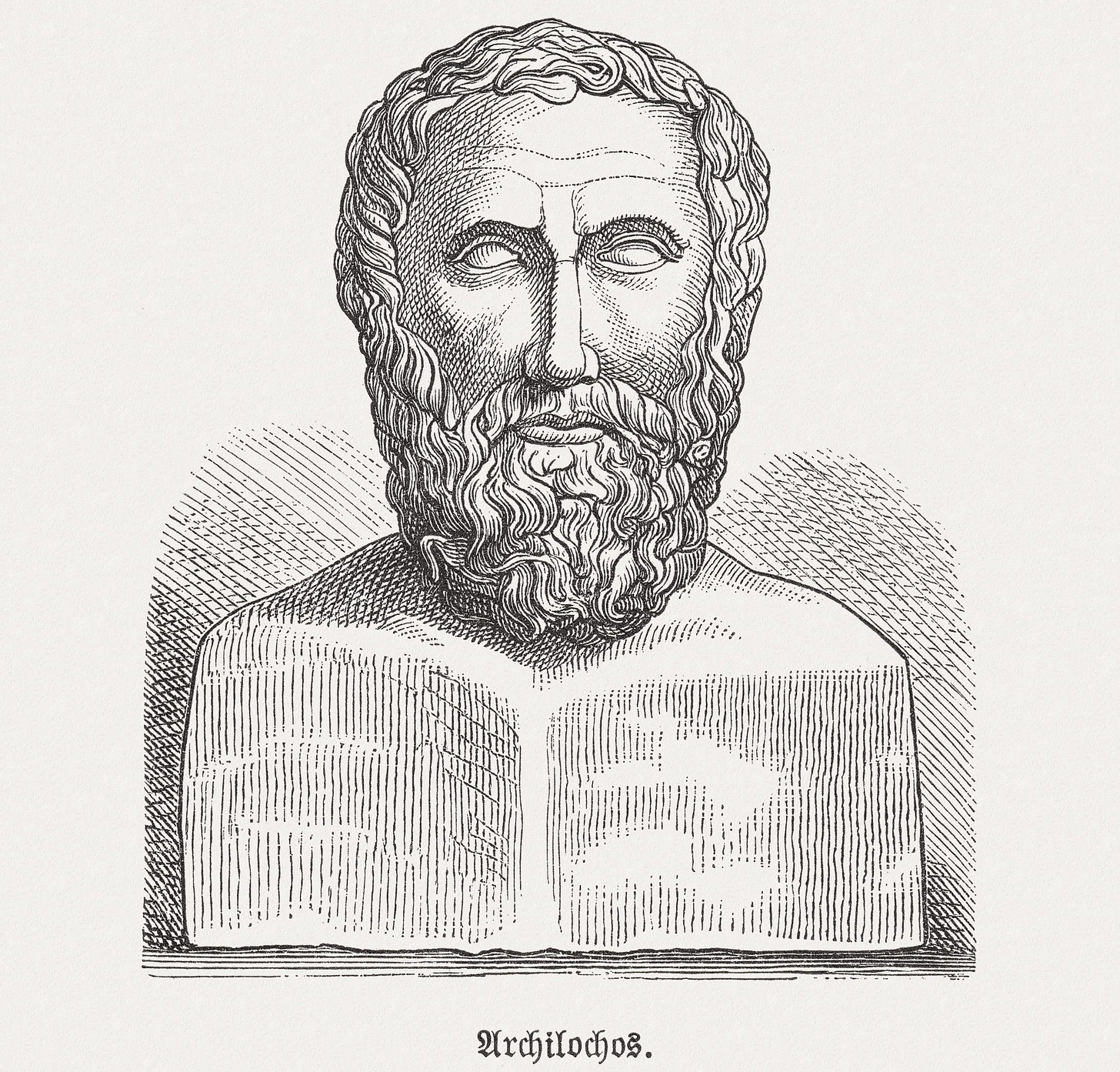

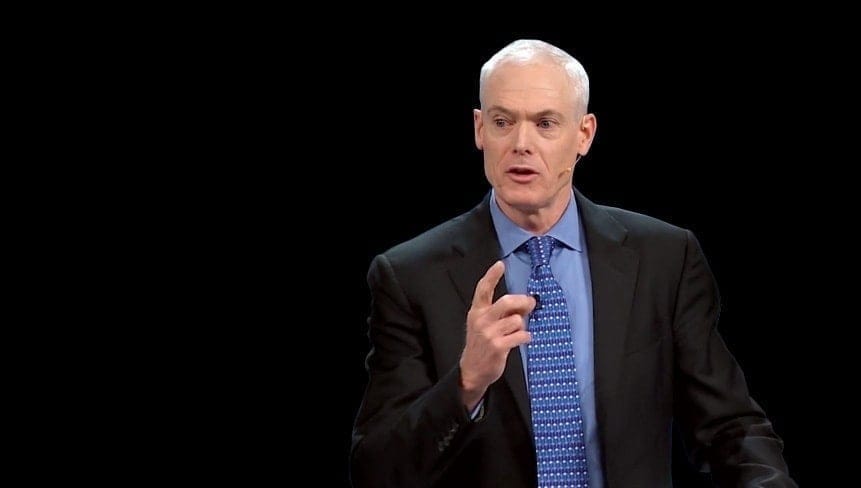
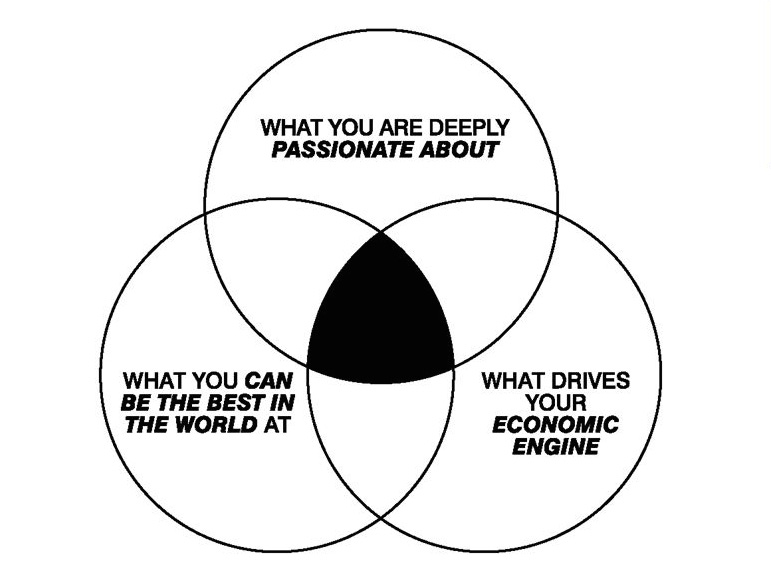





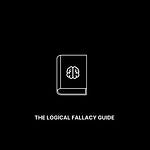
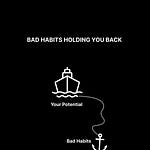



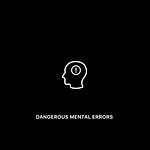
Hedgehogs & Foxes